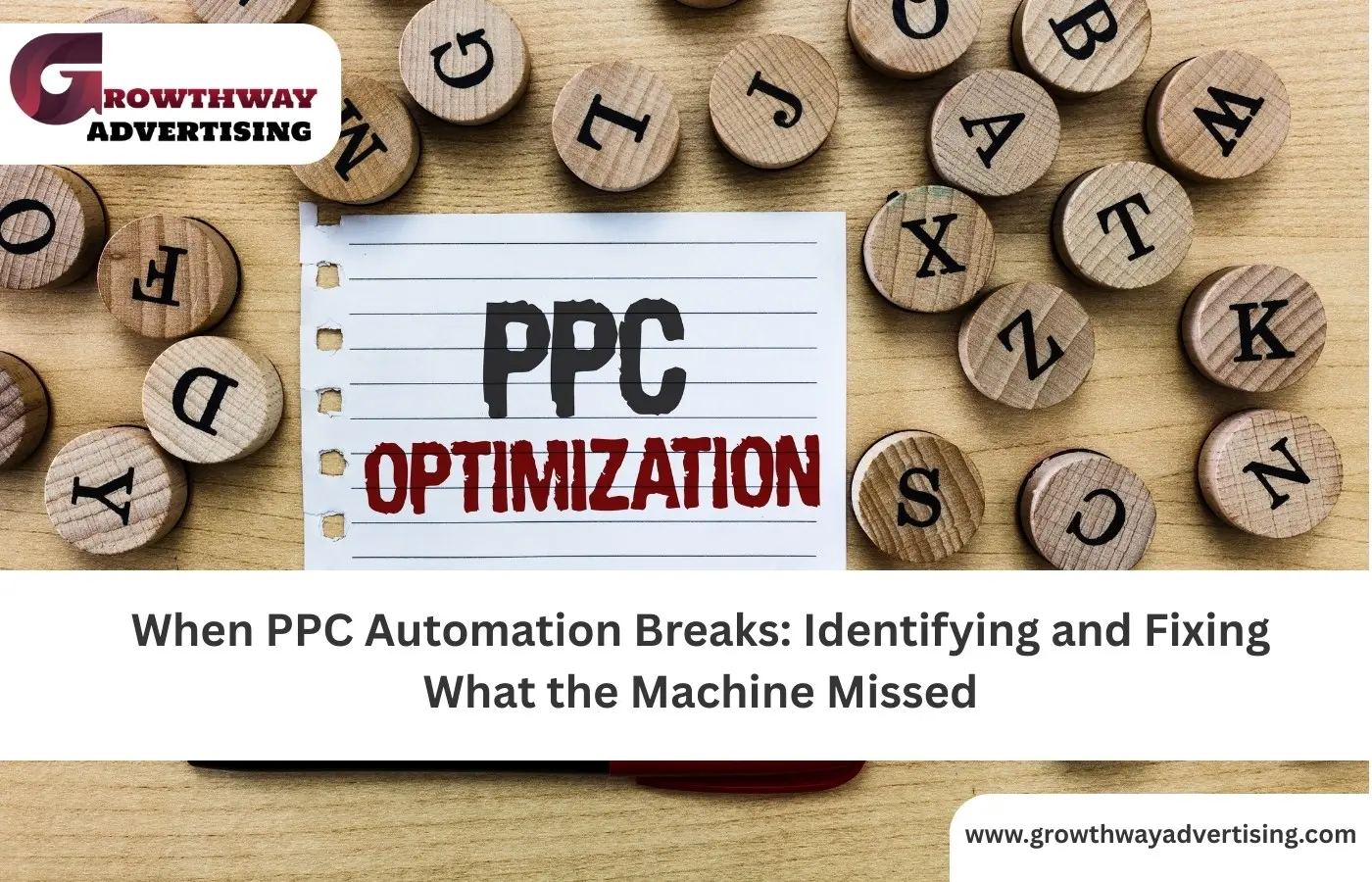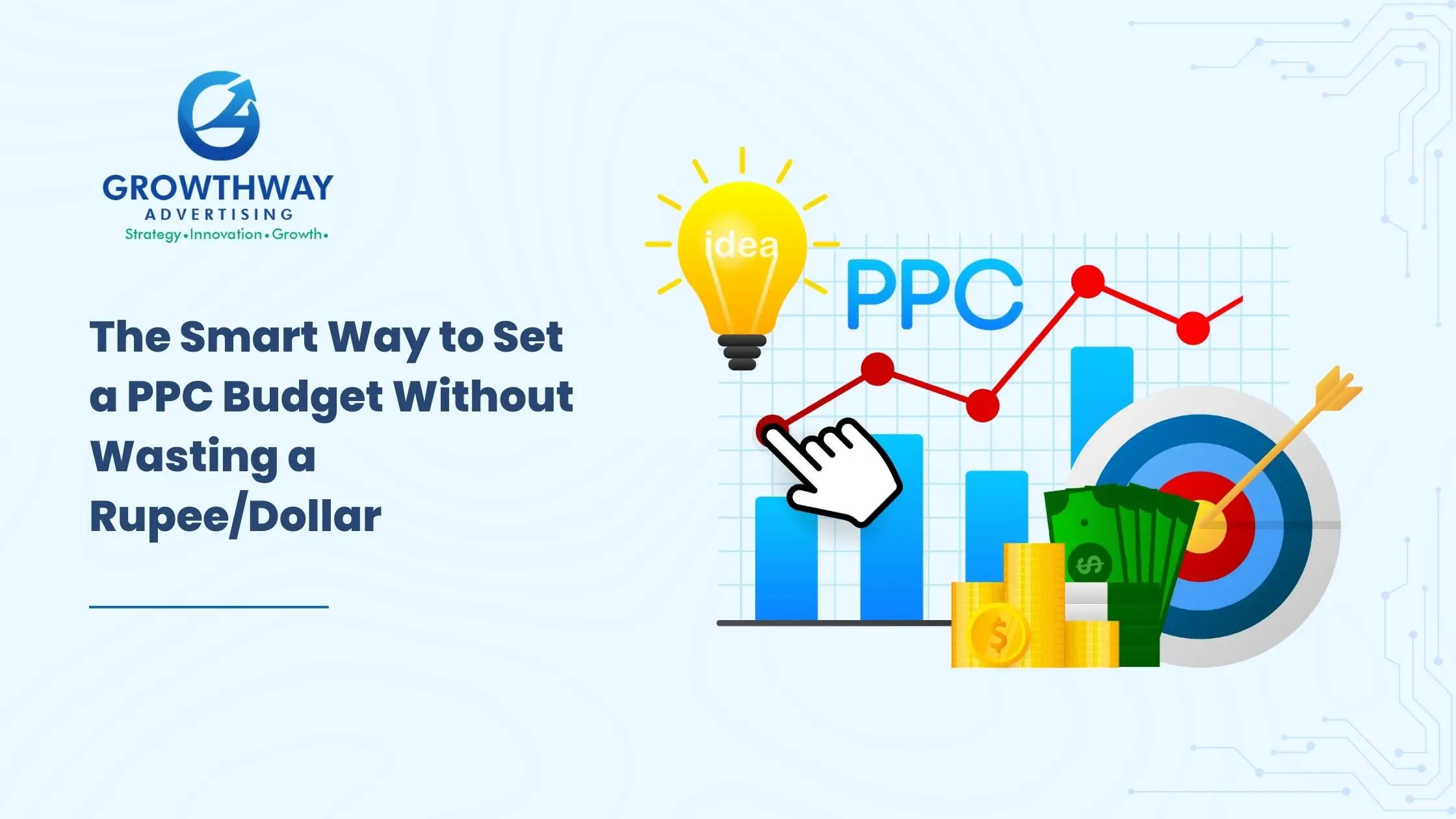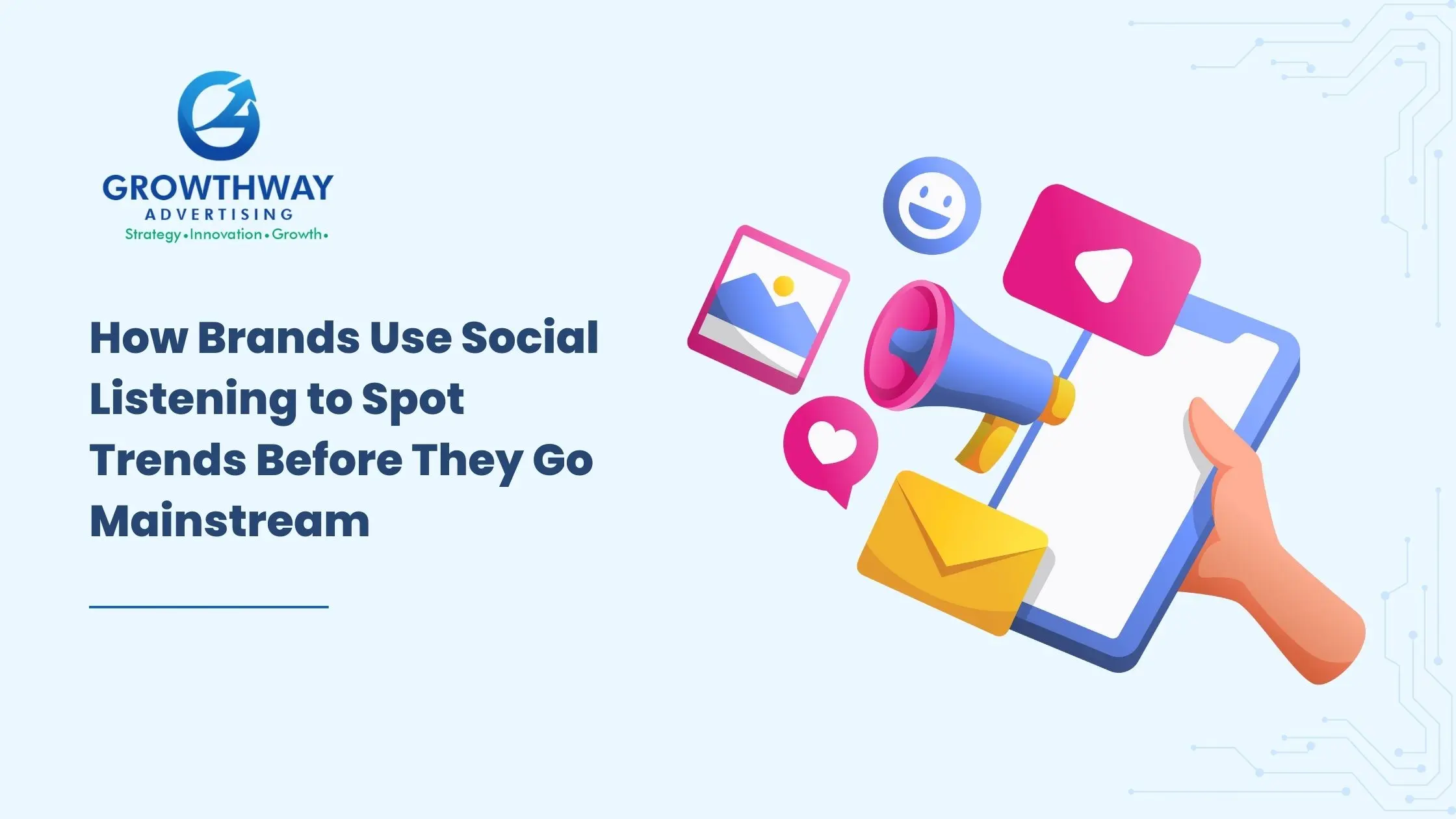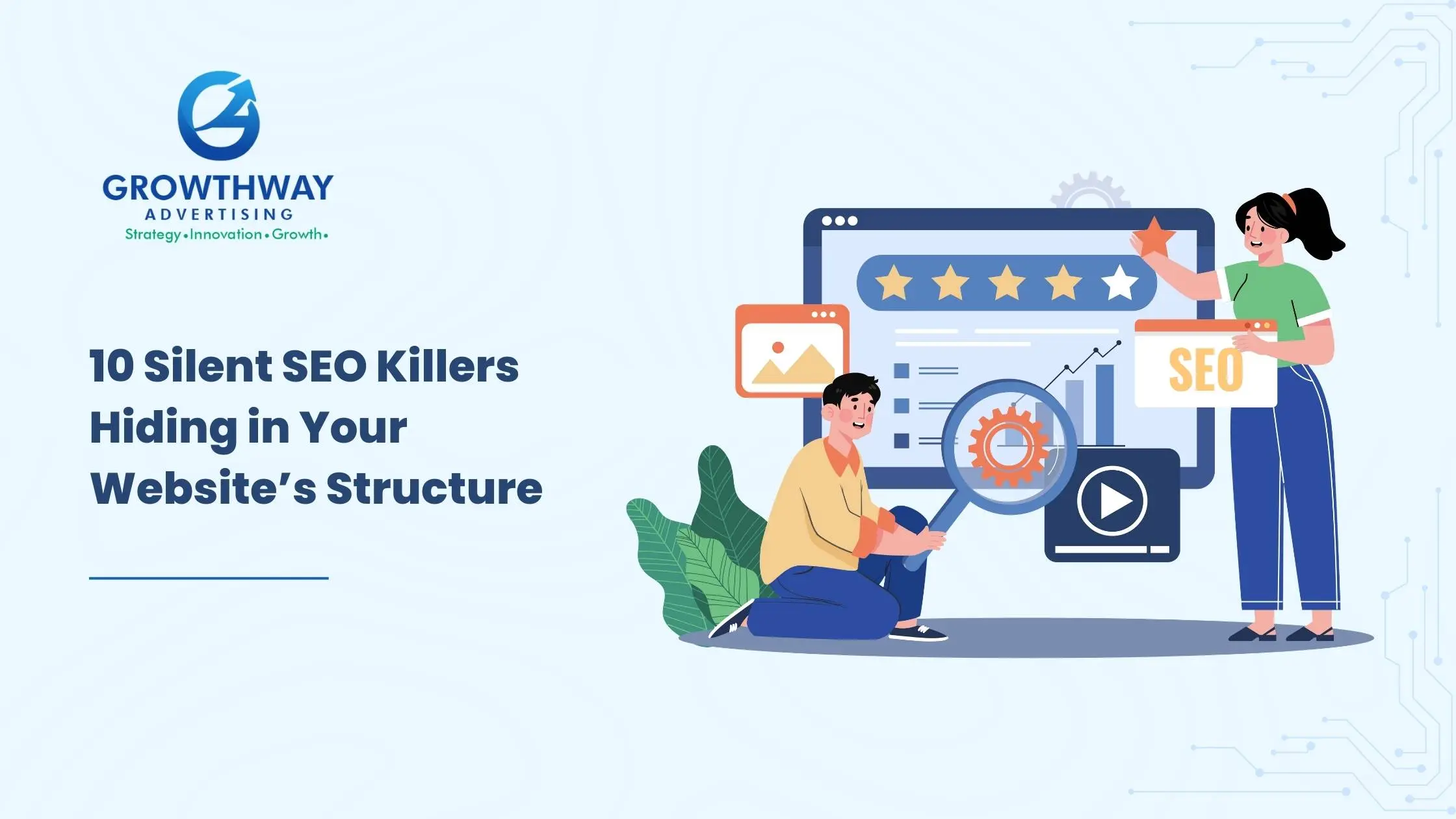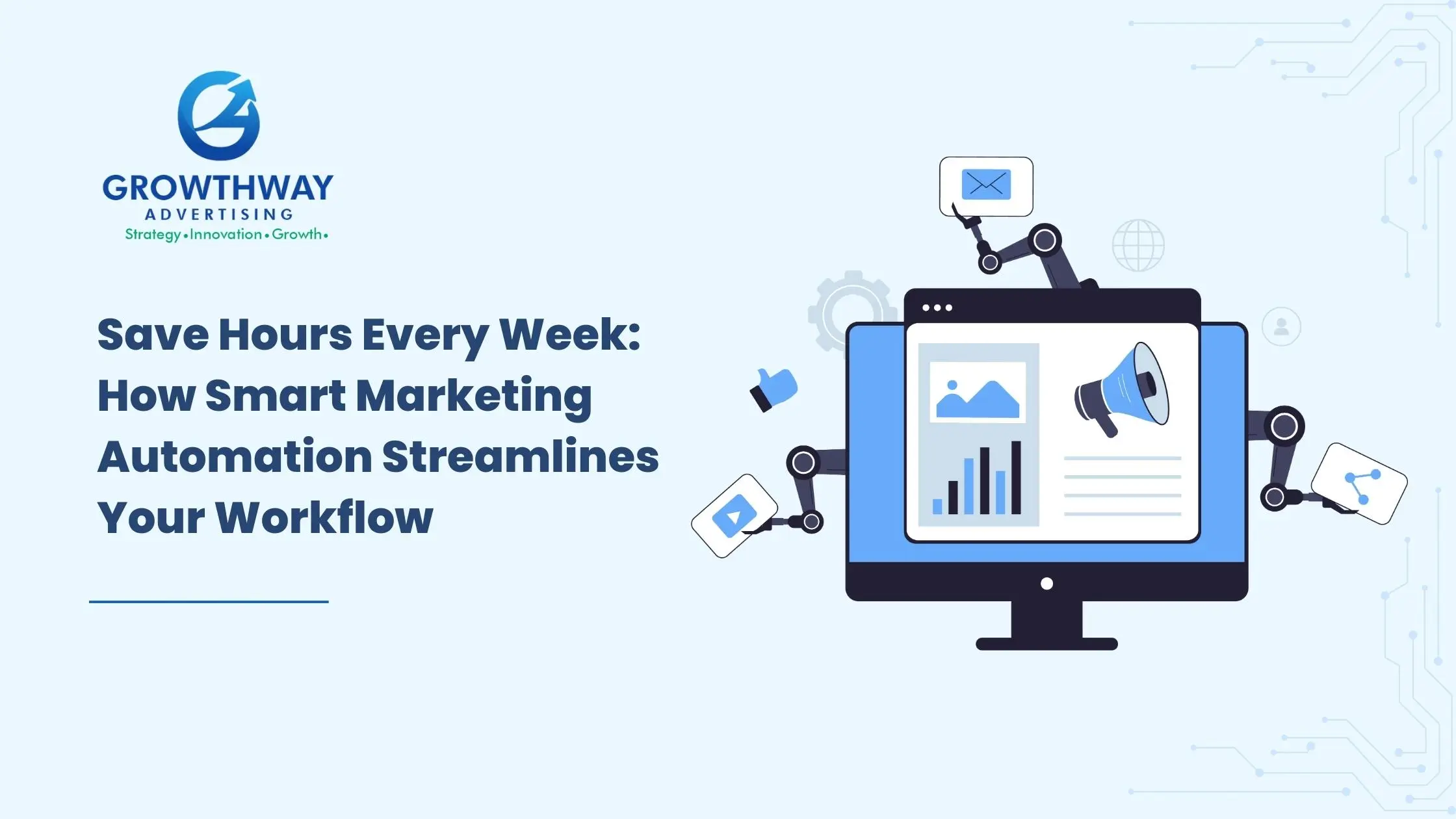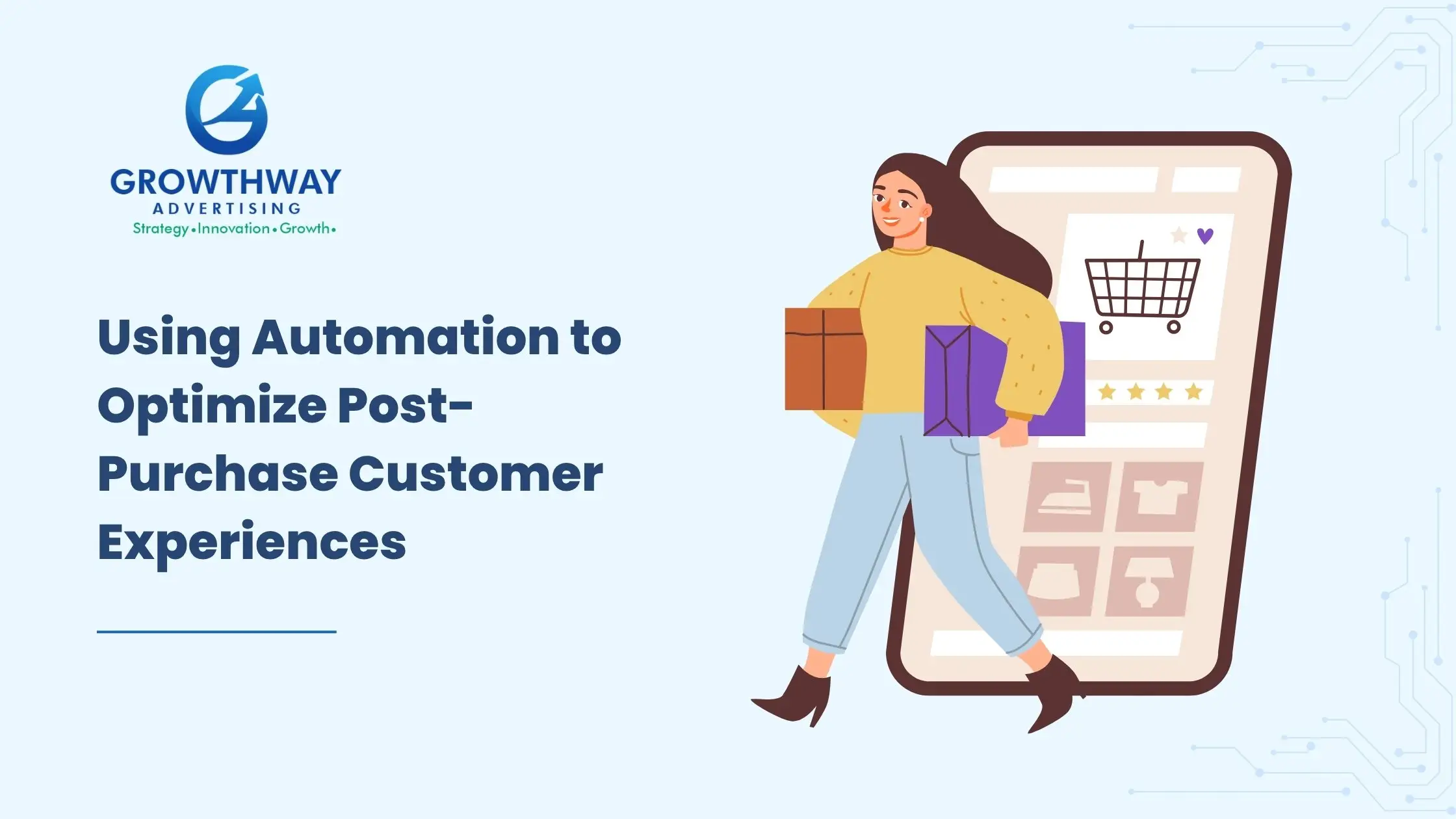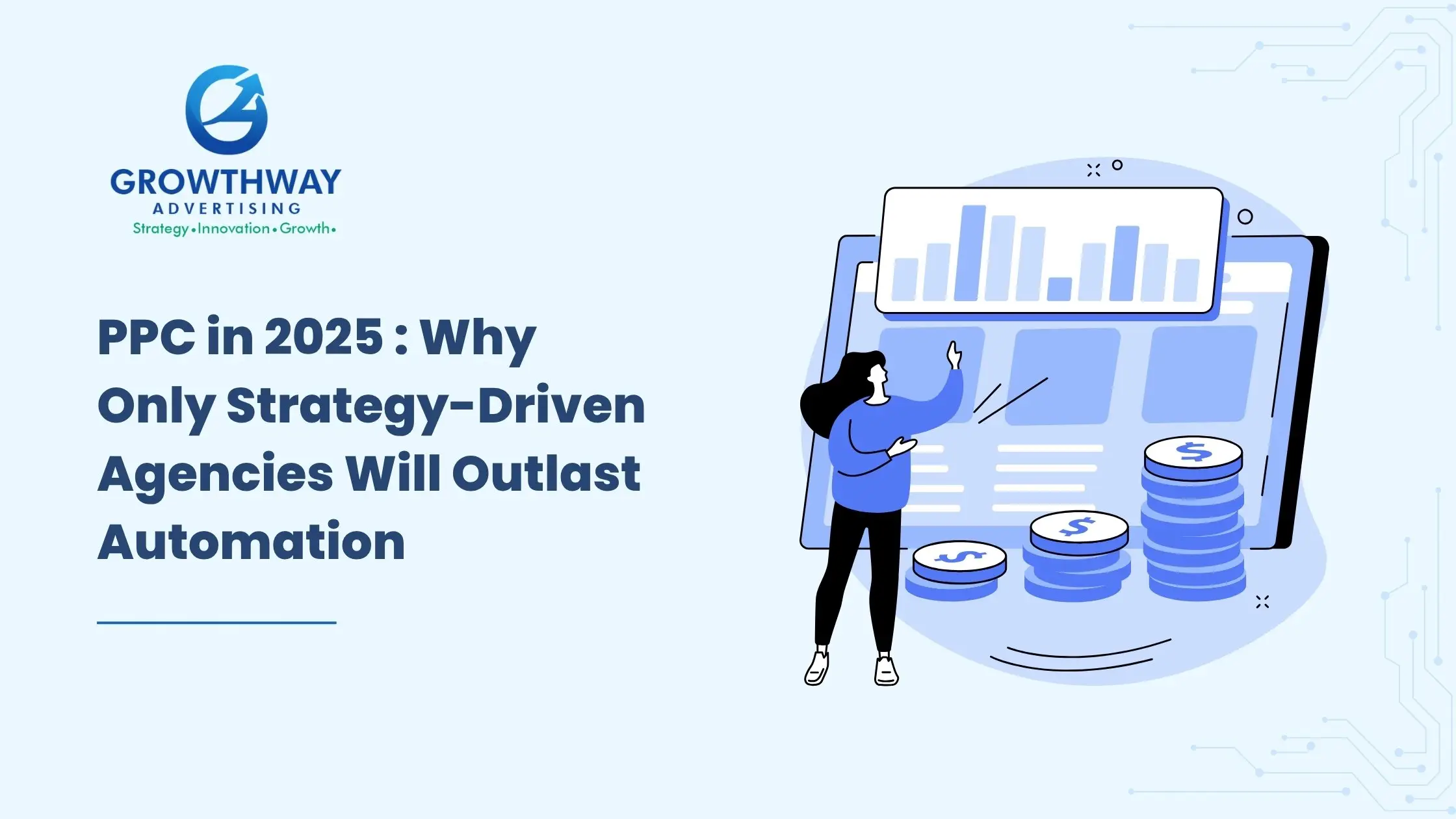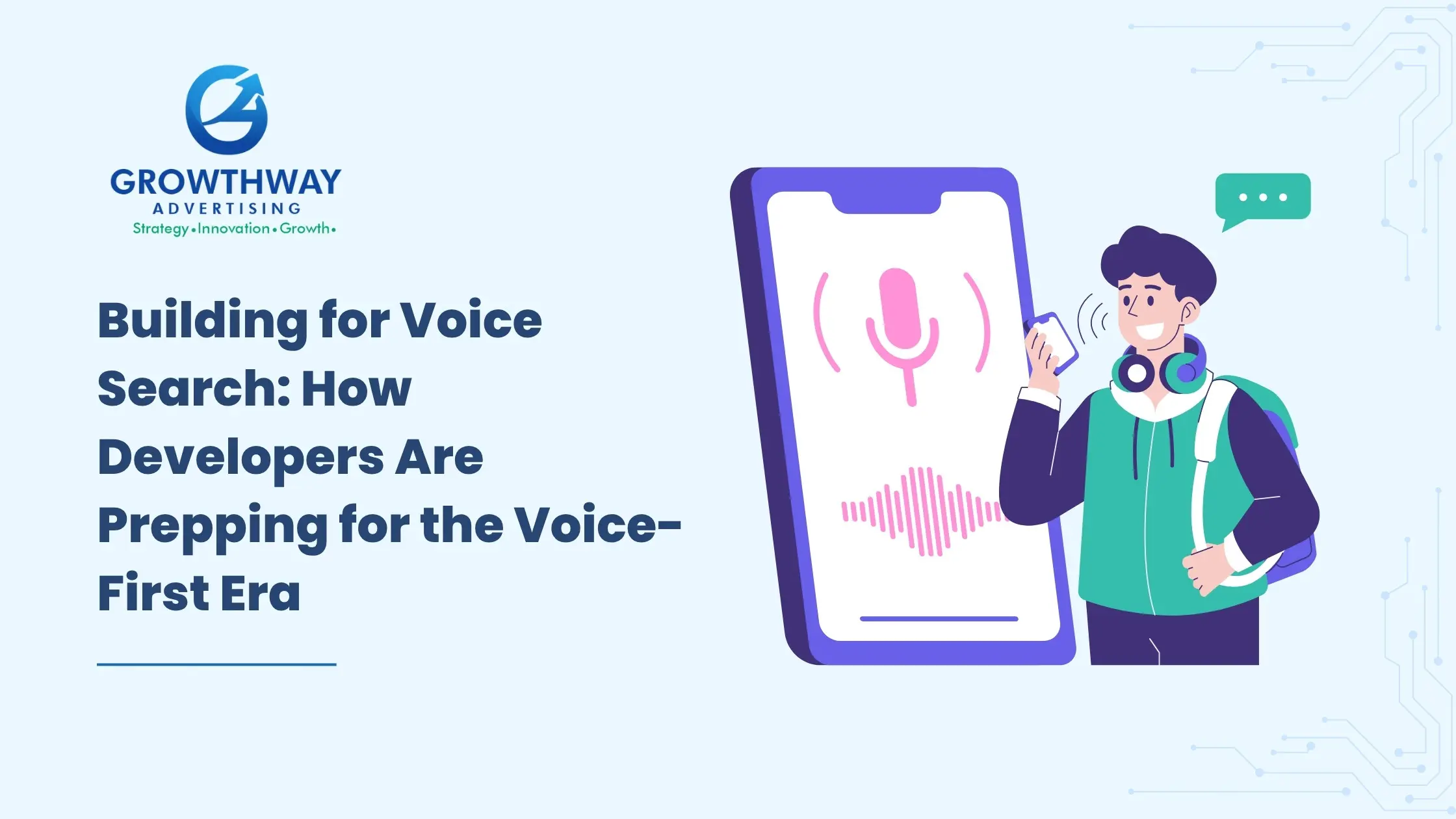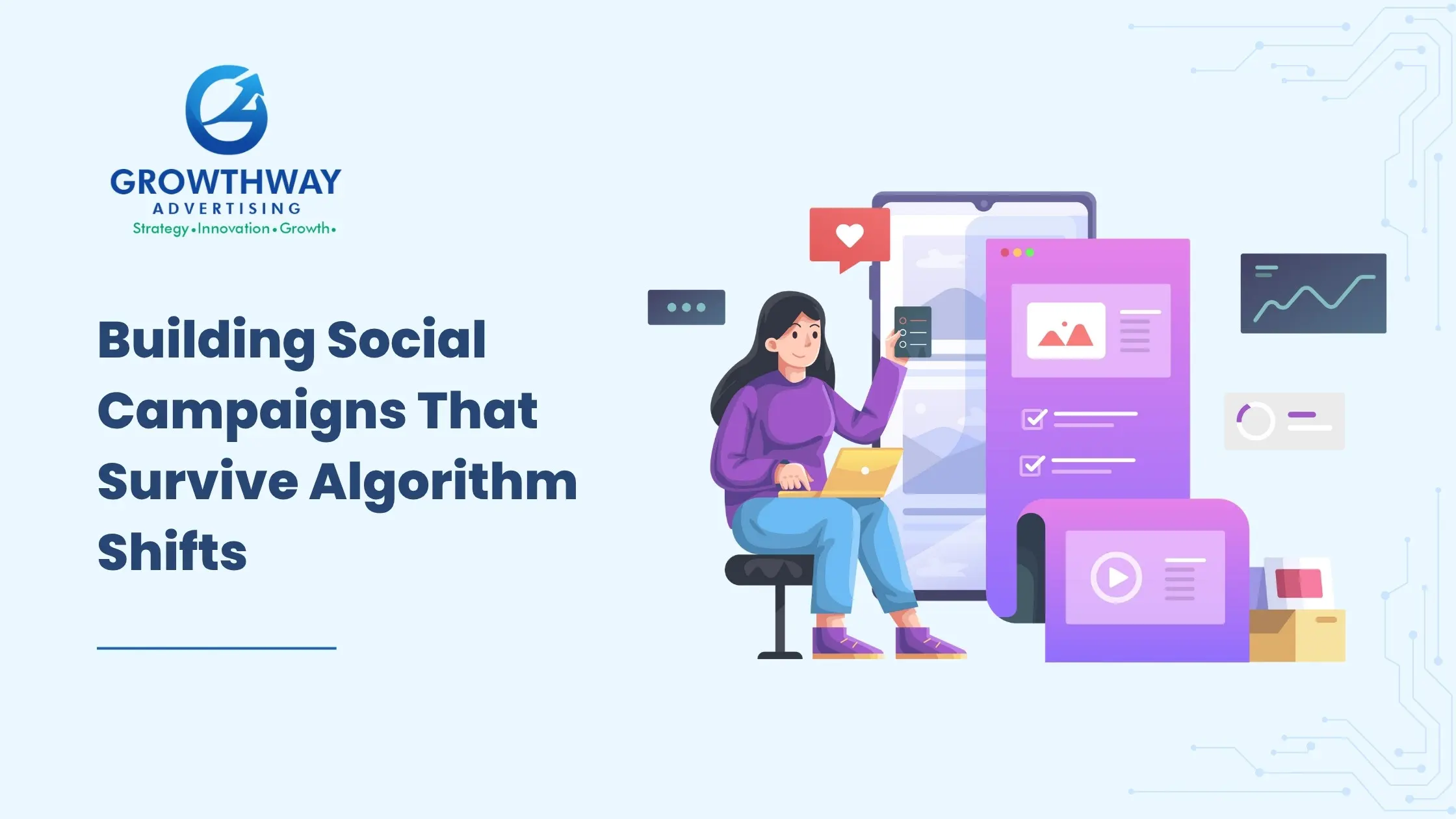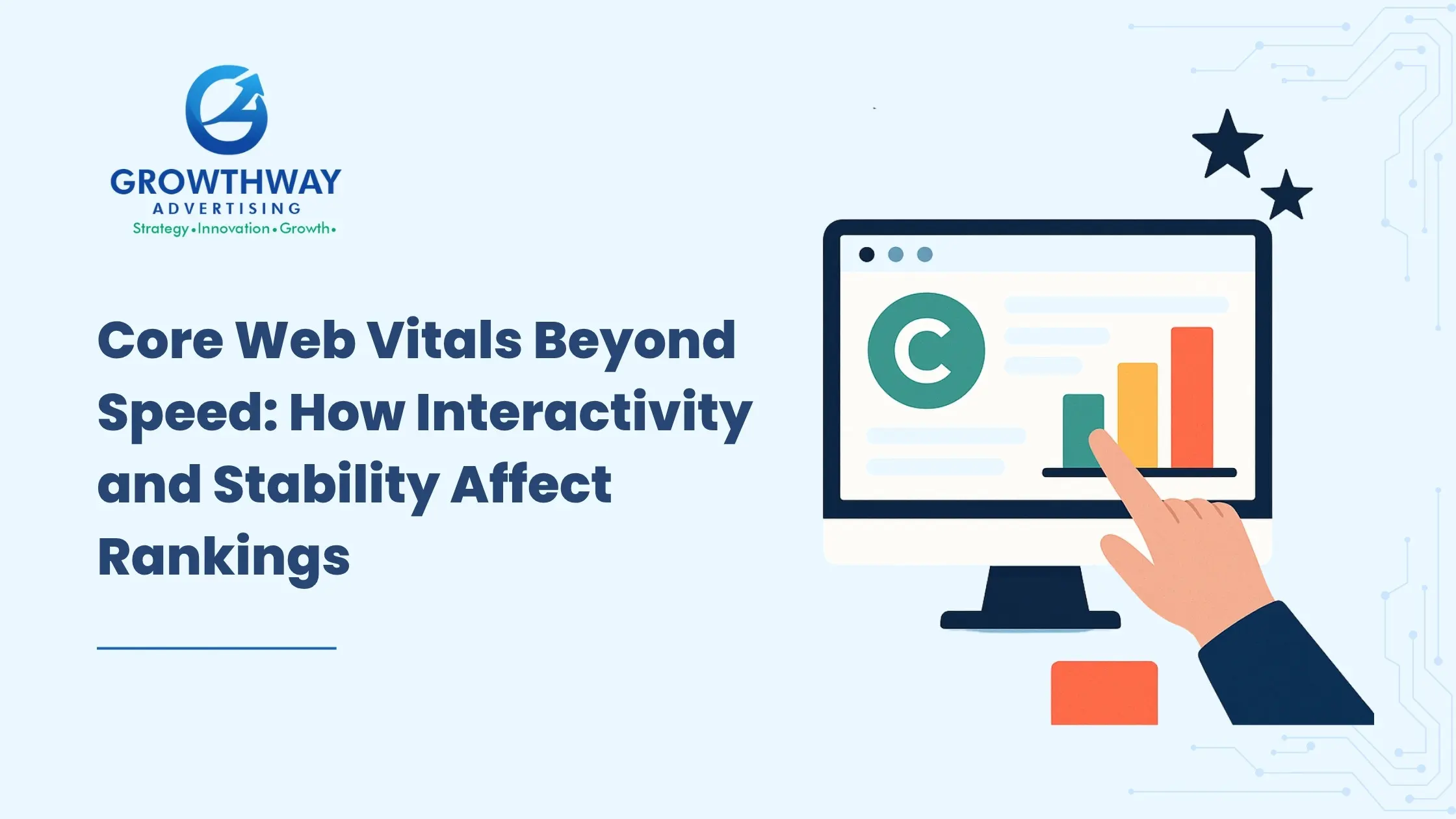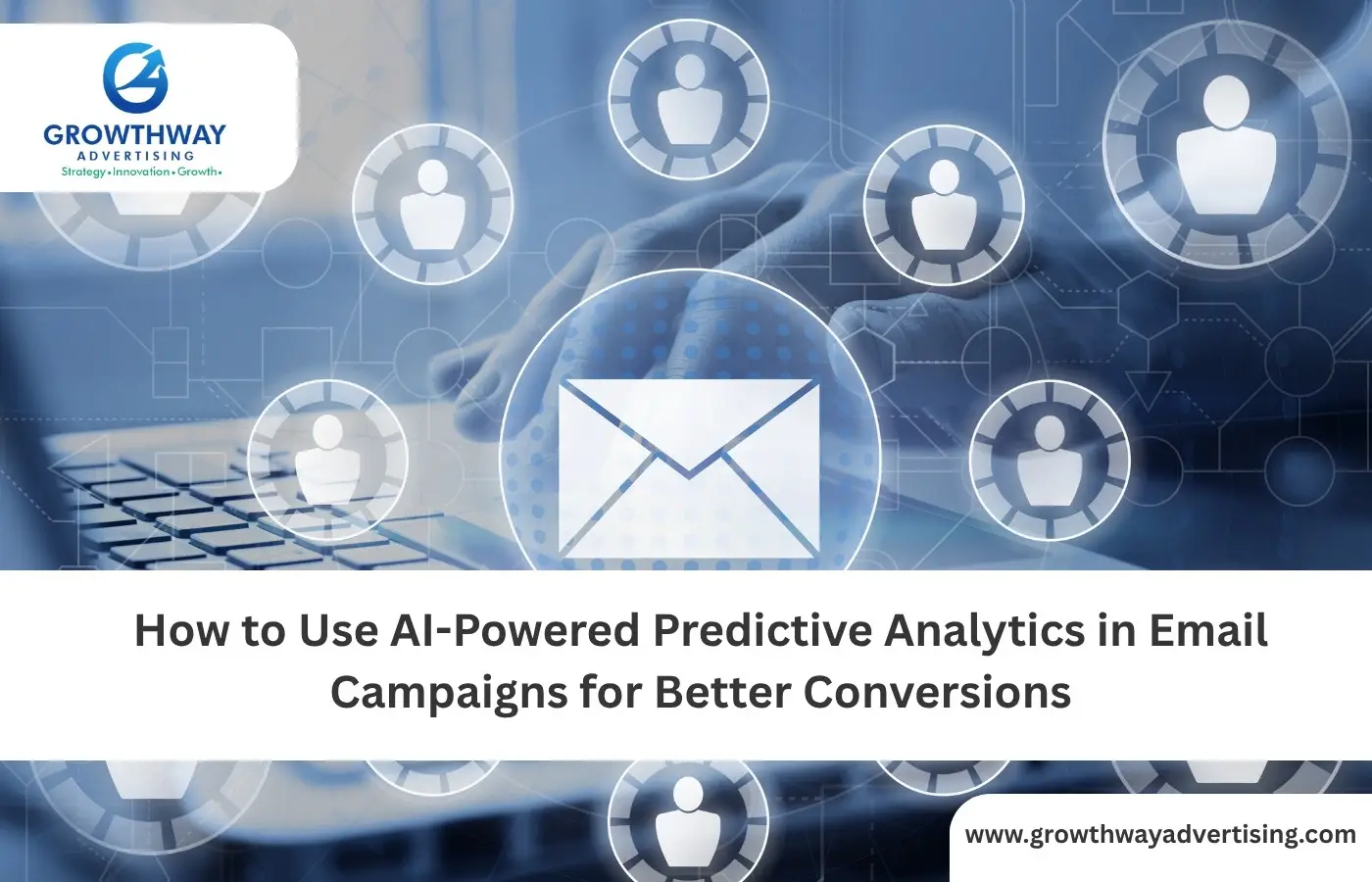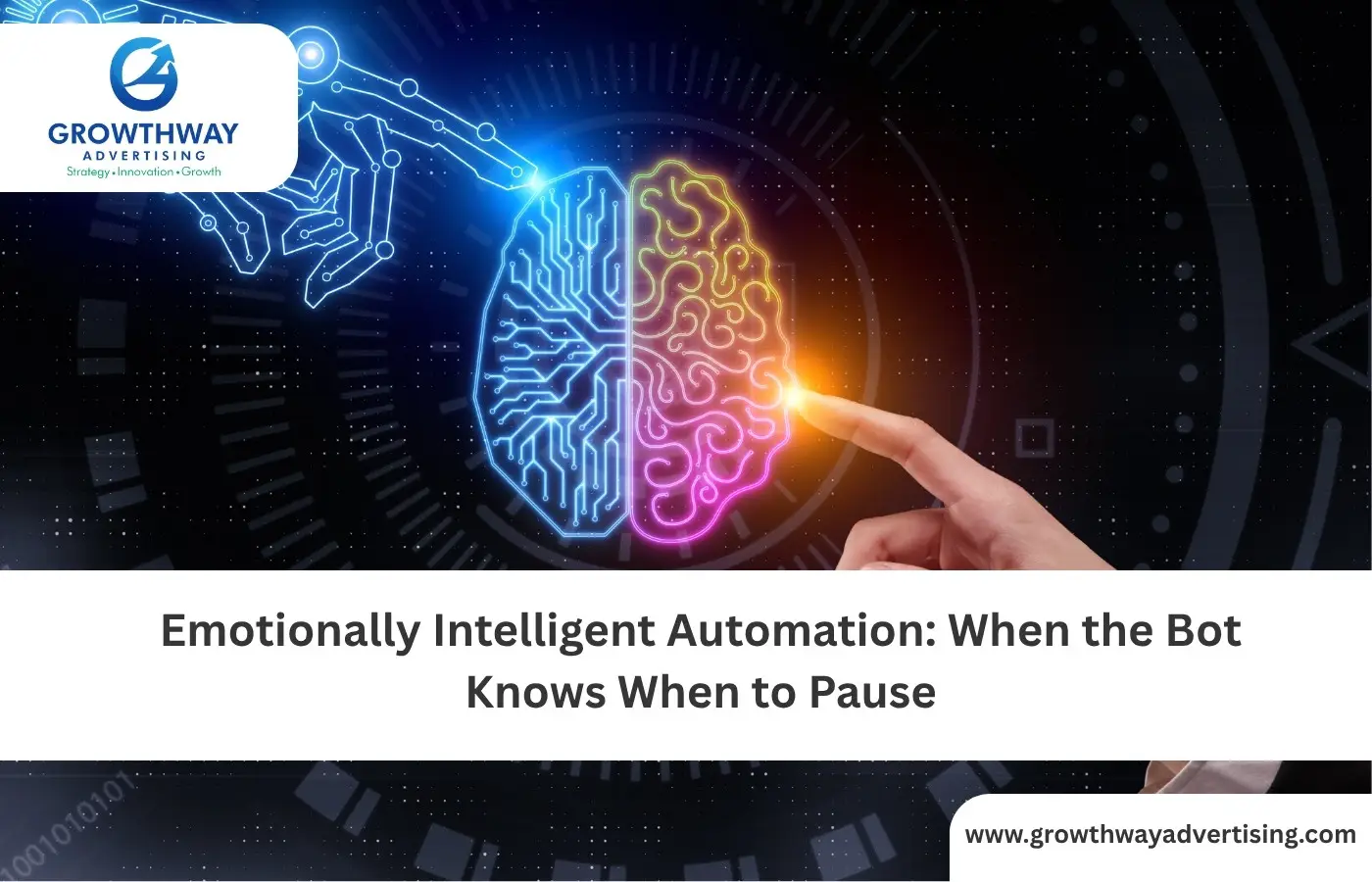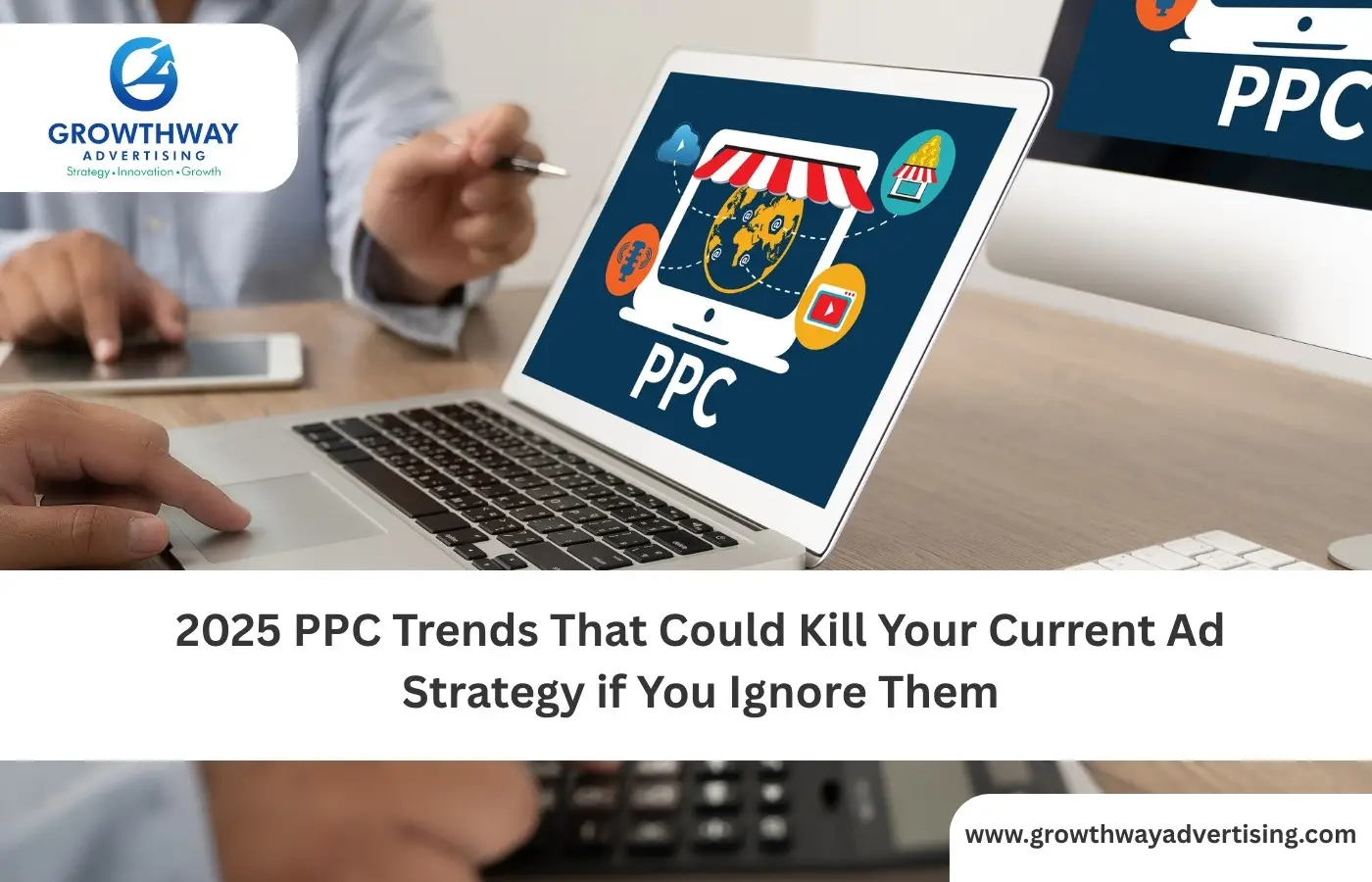In the age of automated campaigns, marketers are increasingly relying on PPC automation to streamline bidding, targeting, and optimization. While automation promises efficiency, it’s not immune to failure. When the machine breaks or worse, silently misfires your ad spend, conversions, and brand visibility can suffer. This post explores what causes these breakdowns, how to detect them early, and what your ppc agency or internal team can do to fix what the machine missed.
The Promise and Fragility of PPC Automation
Tools like Google’s PPC automation, Microsoft Ads’ AI bidding, and Facebook’s automated targeting allow brands to scale campaigns quickly. They shine at processing data signals humans could never handle in real time.
But every algorithm runs on inputs and those inputs come from your account structure, creative, conversion tracking, and audience signals. A small error upstream can snowball into wasted spend. That’s why even the best ppc agency will tell clients that automation isn’t set-and-forget.
When failures happen, it’s rarely because the machine is “broken.” It’s because the system can’t see context that’s obvious to a human.
What Causes PPC Automation to Break?
Let’s break down the most frequent triggers:
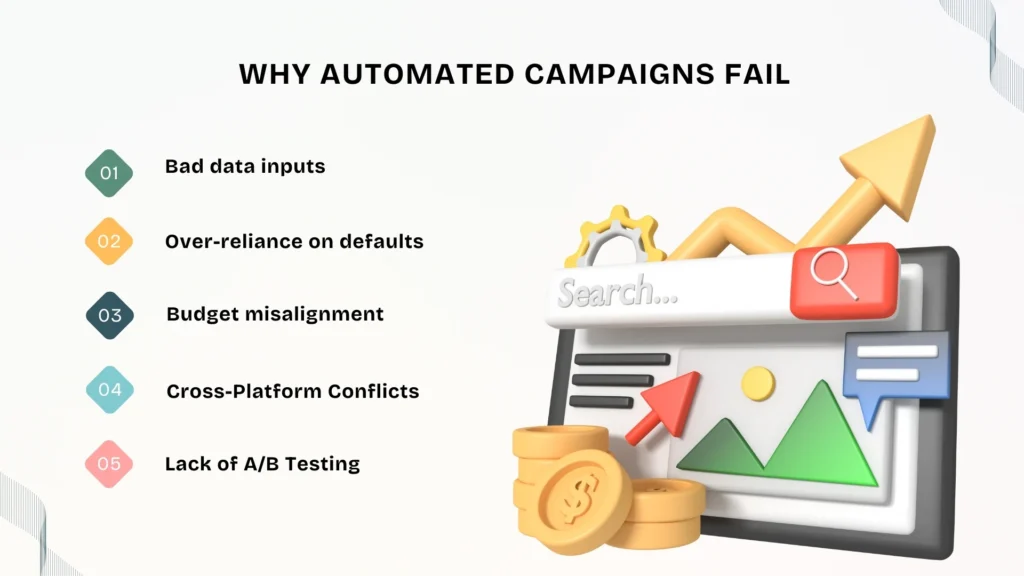
1. Bad Data Inputs
Automation is only as smart as the data it receives. If your CRM syncs incorrect values or your product feed is broken, automated bidding strategies will optimize for the wrong outcomes. This is especially common in eCommerce setups where inventory mismatches or pricing errors confuse the algorithm.
2. Over-Aggressive Bidding Algorithms
In smart bidding issues, the system may over-prioritize high-value conversions, ignoring cost-efficiency. Without manual constraints, it can burn through budgets chasing vanity metrics.
3. Cross-Platform Conflicts
Running automated campaigns across Google, Meta, and LinkedIn can create rule conflicts. Each platform interprets signals differently, and automation logic may not align. This leads to inconsistent messaging, audience overlap, and wasted spend.
4. Lack of A/B Testing
Many marketers skip a/b testing ppc automation setups, assuming the algorithm will self-optimize. But without controlled experiments, you can’t validate whether automation is outperforming manual strategies or simply coasting.
How to Detect Automation Failures Early
Early detection is key to minimizing damage. Here’s what to monitor:
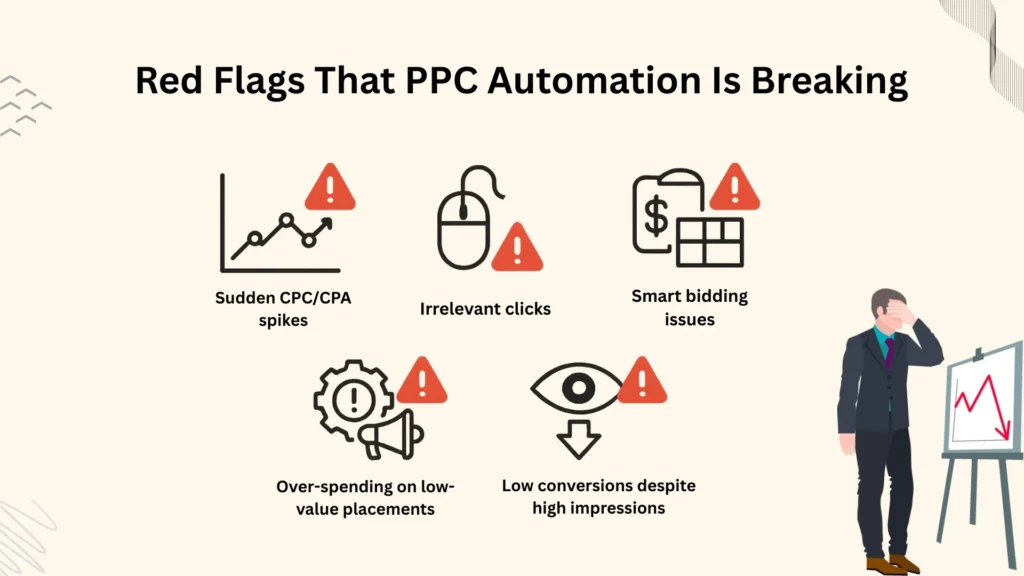
- Sudden spikes in cost-per-click (CPC) without corresponding conversion lifts
- Drop in impression share despite stable budgets
- Irregular audience behavior or irrelevant placements
- Conversion attribution mismatches across platforms
Use diagnostic dashboards and custom alerts to flag anomalies. Your ppc company should implement these as part of their ppc marketing services.
Building an Automation Recovery Plan
When things go wrong, you need a structured automation recovery plan. Here’s a framework:
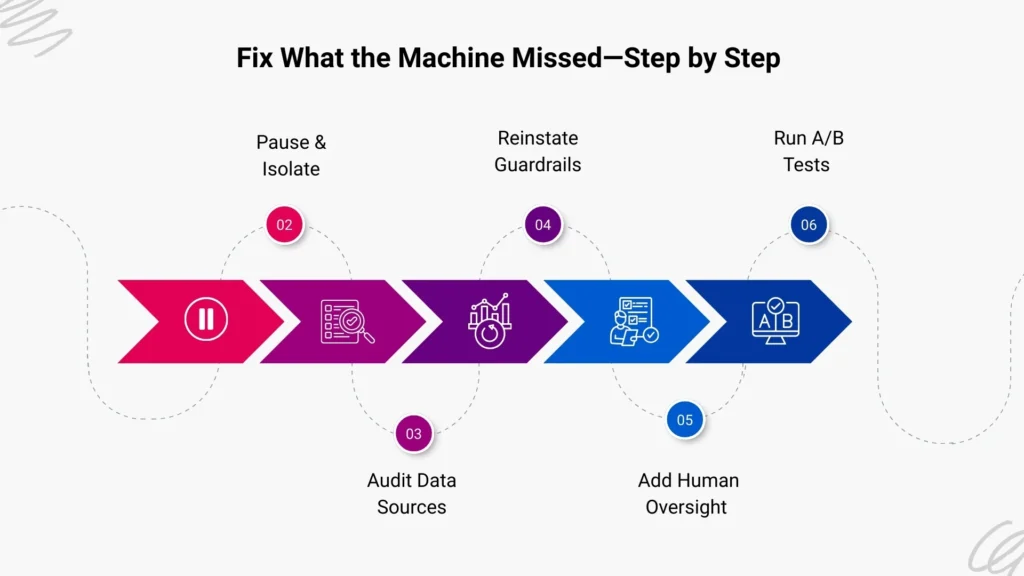
Step 1: Pause and Isolate
Stop the affected automated campaigns immediately. Clone them into manual versions to test performance without automation.
Step 2: Audit Data Sources
Check product feeds, CRM integrations, and analytics tags. Clean up any corrupted or misaligned data that may be misleading the algorithm.
Step 3: Reintroduce Guardrails
Set bid caps, audience exclusions, and budget limits. Even in performance max campaign setups, you can use exclusions and asset group segmentation to regain control.
Step 4: Layer Human Oversight
Assign a strategist to monitor automation daily. This is where hybrid PPC management shines combining machine efficiency with human judgment.
Step 5: Run A/B Tests
Use a/b testing ppc automation to compare manual vs. automated performance. Test different bidding strategies, creatives, and audience segments.
What the Machine Misses and Humans Catch
Algorithms lack context. They don’t understand seasonality, brand tone, or emerging trends. Here’s what humans catch that machines miss:
- Intent misalignment: Automation may target users based on behavior, not intent. Humans can refine targeting based on the funnel stage.
- Creative fatigue: Machines don’t recognize when ad creatives feel stale. Humans can refresh messaging based on audience feedback.
- Competitive shifts: If a competitor launches a new offer, automation won’t react unless performance drops. Humans can proactively adjust strategy.
This is why the best ppc agency will always include manual oversight in their services.
Strategic Guardrails for Safer Automation
To prevent future breakdowns, implement these guardrails:
- Data validation routines before syncing feeds
- Manual overrides for budget and bidding thresholds
- Custom conversion tracking to avoid misattribution
- Platform-specific rulesets to avoid cross-channel conflicts
- Human oversight in ppc workflows with daily check-ins
These guardrails ensure your ppc advertising companies don’t blindly trust the machine.
Why Hybrid PPC Management Wins
Pure automation leaves advertisers vulnerable to invisible failures. Pure manual management can’t scale efficiently. The middle path — hybrid PPC management — leverages both.
A ppc agency can use automation to handle repetitive tasks like bid adjustments but still rely on expert strategists to:
- Spot anomalies.
- Decide when to override automation.
- Refresh creatives.
- Ensure campaigns align with business objectives.
This combination is why many brands turn to ppc advertising companies. Machines crunch the data, humans add judgment.
Preparing for the Future
Automation isn’t going away. In fact, platforms will keep pushing it harder, especially as privacy rules limit data access. The brands that thrive won’t be those who blindly trust the machine. They’ll be the ones who design processes, audits, and recovery systems around it.
If you’re evaluating ppc marketing services, look for a partner that balances technology with strategic human input. A solid ppc company will treat automation as a tool, not a crutch, and will always have a plan for when not if the machine misses something.
For businesses, that’s the difference between running fragile automated campaigns and running resilient, profitable programs with the guidance of the best ppc agency for your needs.
FAQ’s
Sudden spikes in CPC, drop in conversions, irrelevant placements, and inconsistent audience behavior are key indicators.
Look for sudden spikes in CPC, wasted budget, or irrelevant traffic. If your automated campaigns push spend into placements that don’t convert, that’s a red flag.
Smart bidding issues often occur when conversion tracking is inaccurate, data is limited, or the algorithm over-optimizes for clicks instead of conversions.
Run A/B tests comparing automated vs. manual setups using identical budgets and targeting parameters.
An automation recovery plan should include detection methods, rollback steps, data validation, budget controls, and documentation for faster fixes next time.

